 The executive board of the Leibniz Association in Germany has reprimanded the director of its institute on aging for “grossly negligent scientific misconduct.”
The executive board of the Leibniz Association in Germany has reprimanded the director of its institute on aging for “grossly negligent scientific misconduct.”
Besides a written reprimand, the executive board has removed Karl Lenhard Rudolph’s “passive voting rights” in association committees, and excluded the institute under his leadership from receiving funds from a multi-million Euro internal funding competition, both for a period of three years.
The executive board identified problems in eight out of 11 reviewed papers, published between 2001 and 2016; it has asked Rudolph to retract one and issue errata for the others. The papers — some of which have been discussed on PubPeer — appear in journals such as Cell, Nature Cell Biology, and the EMBO Journal, and have been collectively cited 552 times, according to Clarivate Analytics’ Web of Science.
Rudolph is the director of one of the 91 independent research institutions that make up the Leibniz Association. He told us he is putting the position of Director of the Leibniz Institute on Aging – Fritz Lipmann Institute (FLI) in Jena “on hold” while he investigates the allegations:
Continue reading German institute sanctions director after finding him guilty of misconduct
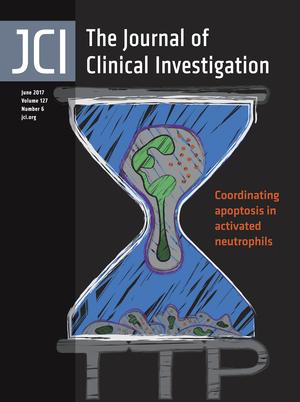 On Dec. 2, 2013,
On Dec. 2, 2013, 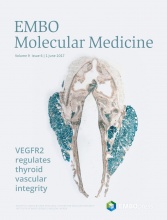 An EMBO journal has issued a correction for a well-cited 2012 review co-authored by a
An EMBO journal has issued a correction for a well-cited 2012 review co-authored by a 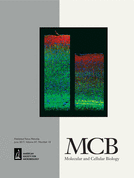 After a paper is published, how long should a journal consider allegations of misconduct? For one journal, that answer is: Six years.
After a paper is published, how long should a journal consider allegations of misconduct? For one journal, that answer is: Six years. Science Translational Medicine has retracted a paper by researchers based in Switzerland, after an investigation concluded two figures had been manipulated.
Science Translational Medicine has retracted a paper by researchers based in Switzerland, after an investigation concluded two figures had been manipulated.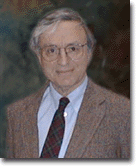
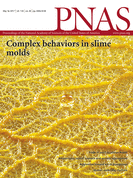
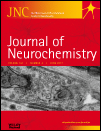 A neurochemistry journal has retracted a paper from a group in China over a duplicated image.
A neurochemistry journal has retracted a paper from a group in China over a duplicated image.